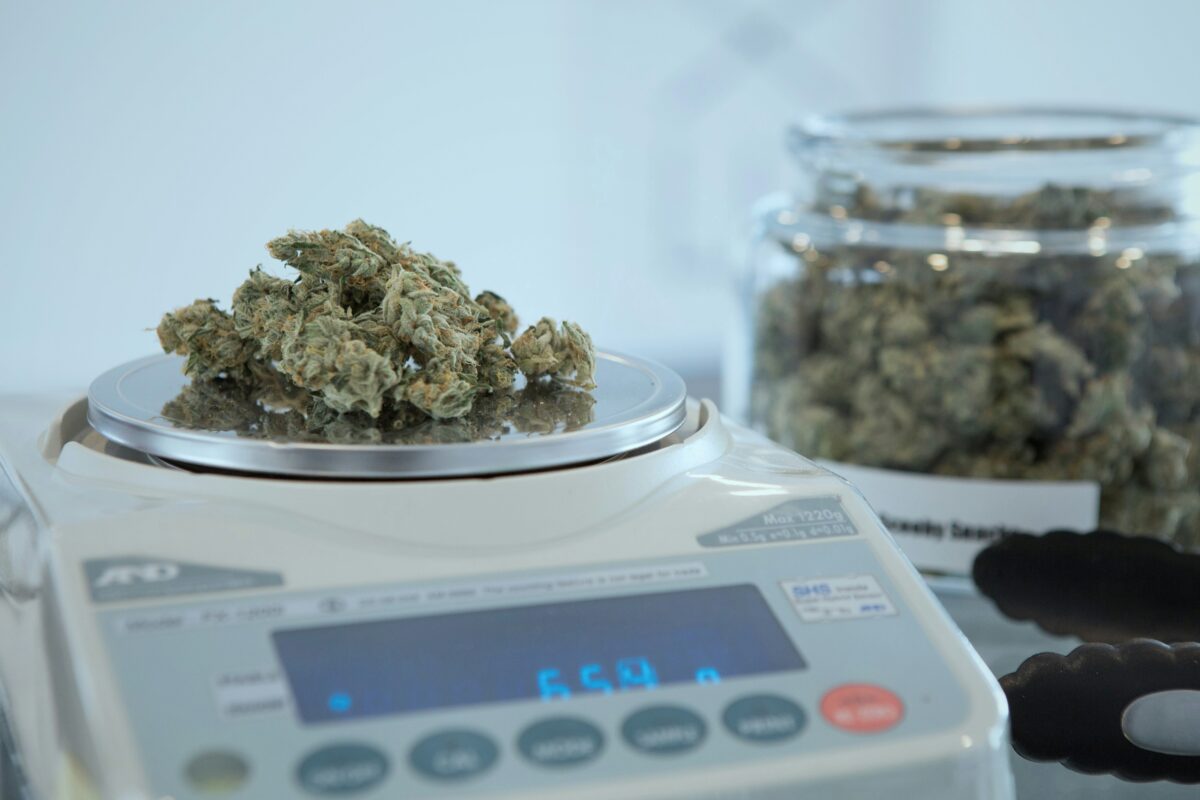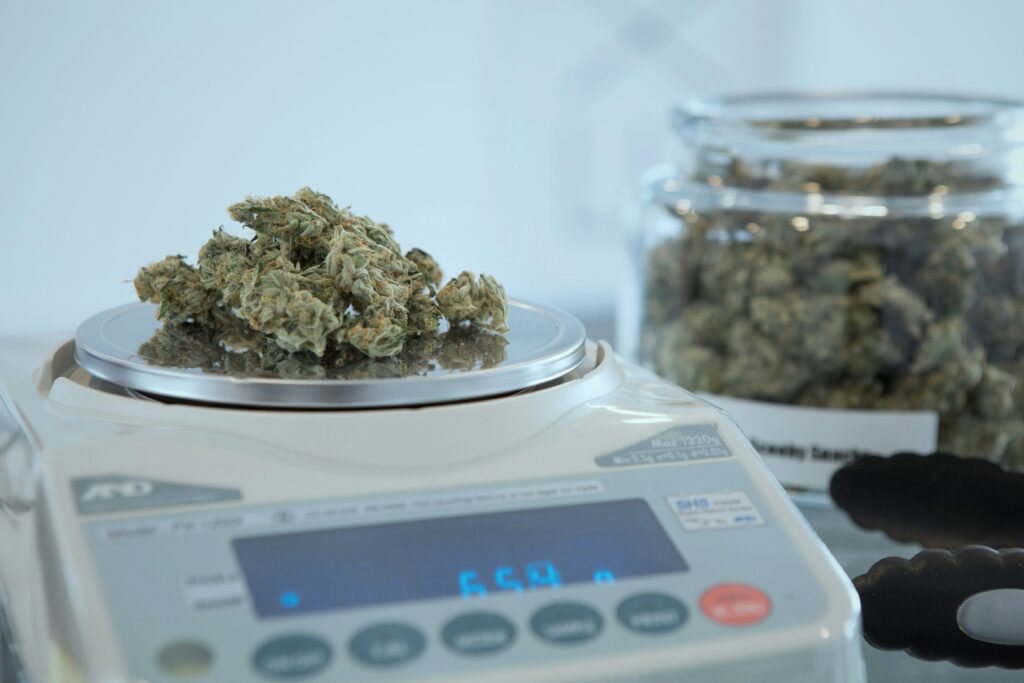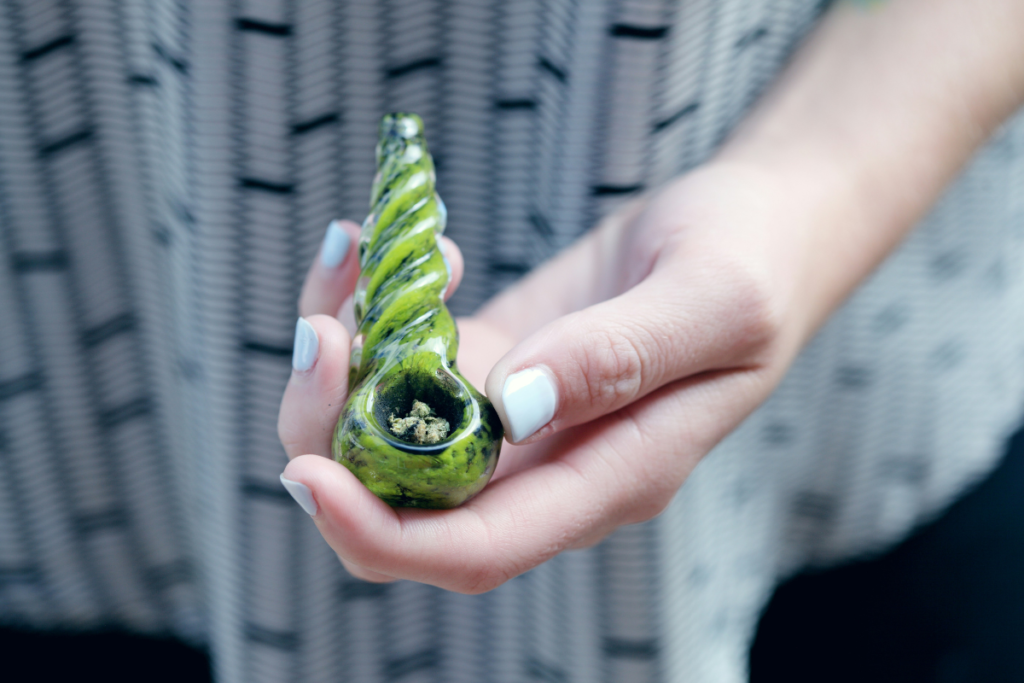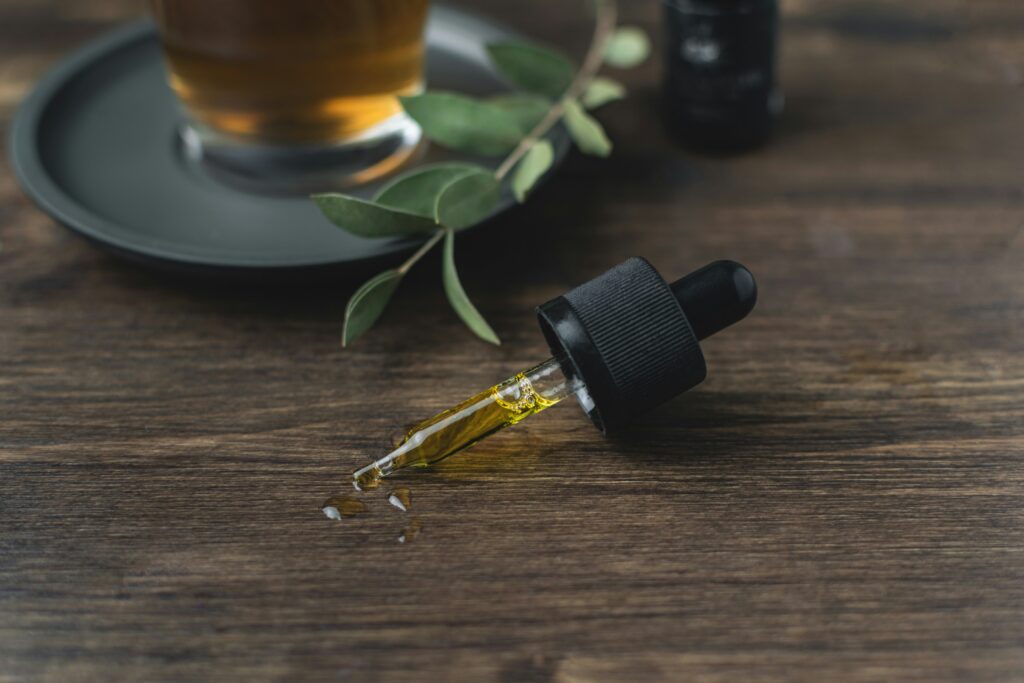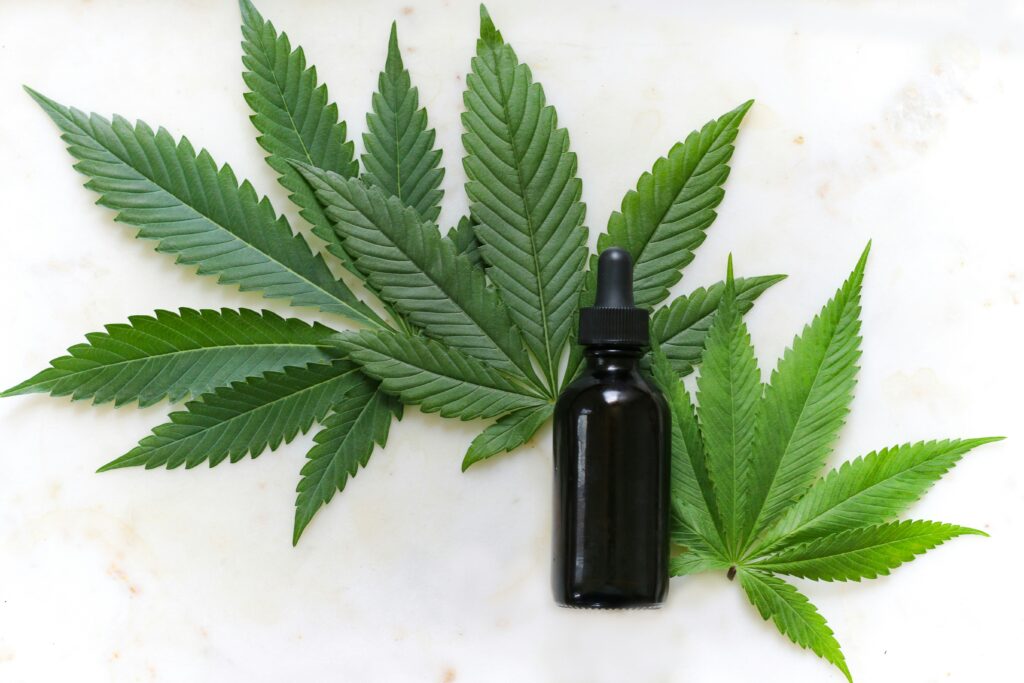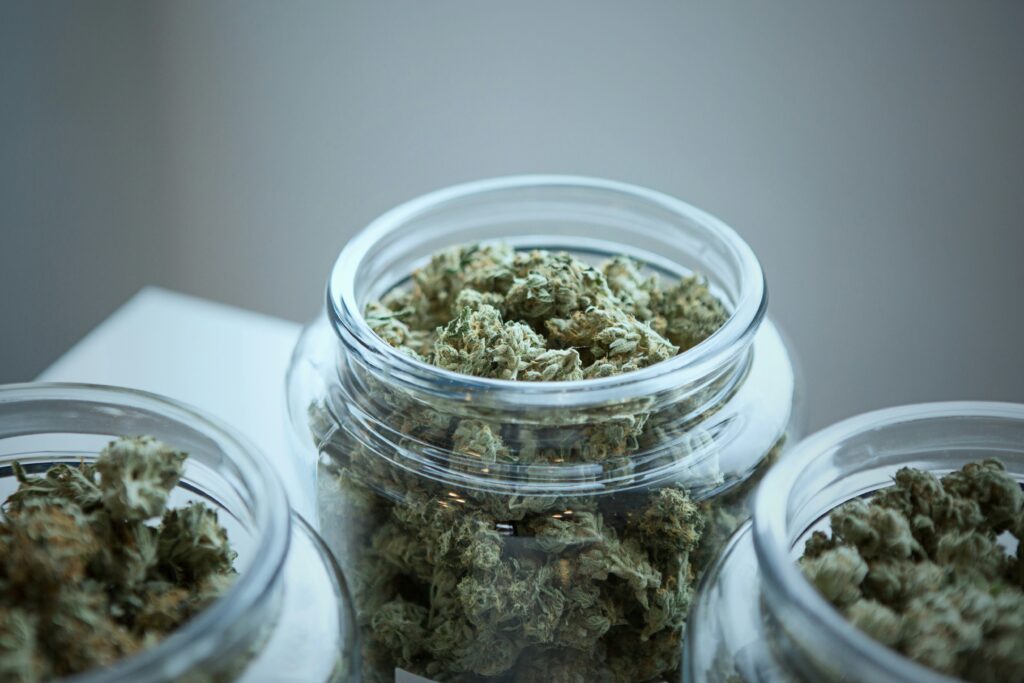Discover the Six Main Cannabinoids: How They Work in Your Body
Cannabinoids are the naturally occurring compounds found in the cannabis plant that make it so special. These compounds interact with our bodies in various ways, each offering a unique set of effects and benefits. While there are hundreds of different cannabinoids, six stand out as the most commonly known and studied: THC, CBD, CBN, CBG, CBC, and THC-V. Let’s dive into what each of these cannabinoids does and how they might benefit you.

THC: The Psychoactive Powerhouse
Tetrahydrocannabinol, better known as THC, is the star of the show when it comes to cannabis. It’s the main psychoactive ingredient, meaning it’s responsible for that “high” feeling you get when consuming cannabis. But THC is more than just a good time–it’s also a powerful therapeutic agent. THC can stimulate appetite, increase blood flow to the brain, reduce inflammation, and even inhibit the growth of certain cancer cells. It’s also known for reducing pain, making it a popular choice for those dealing with chronic discomfort.
CBD: The Soothing Healer
Cannabidiol, or CBD, is the calming cousin of THC. Unlike THC, CBD doesn’t cause a high, making it an excellent choice for those seeking relief without the buzz. CBD is renowned for its ability to tranquilize anxiety, reduce pain and inflammation, and even suppress muscle spasms. It’s also being studied for its potential to reduce seizures and promote cardiovascular health by increasing blood flow and reducing artery blockage. Whether you’re looking to unwind after a long day or manage ongoing health concerns, CBD offers a versatile range of benefits.
CBN: The Sleep Aid
Cannabinol, known as CBN, is most commonly used as a sleep aid. This lesser-known cannabinoid is created as THC ages and degrades. While CBN is mildly psychoactive in large doses, its real claim to fame is its ability to help you catch some Zs. It also has pain-relieving properties and can suppress muscle spasms, making it a great option for those dealing with discomfort that interrupts sleep.

CBG: The Emerging Star
Cannabigerol, or CBG, is gaining attention for its potential therapeutic benefits. While it’s not as well-known as THC or CBD, CBG has shown promise in treating a variety of conditions. Like CBD, it’s non-psychoactive, meaning it won’t get you high. CBG is known to reduce pain, promote mental clarity, treat fungal infections, and even help with conditions like psoriasis by reducing blood sugar levels. It’s also being studied for its ability to inhibit the growth of cancer cells and relieve anxiety.
CBC: The Wellness Booster
Cannabichromene, or CBC, is another non-psychoactive cannabinoid with a lot of potential. CBC binds well with the receptors in your body, creating a wide range of health benefits. It has anti-cancer and anti-tumor capabilities, promotes the growth of new brain cells, and reduces pain and swelling. CBC is also known for its ability to kill or slow bacteria, promote bone health, and reduce inflammation. If you’re looking for a cannabinoid that supports overall wellness, CBC might be your new best friend.
THC-V: The Energizing Appetite Suppressant
Tetrahydrocannabivarin, or THC-V, is often referred to as the “diet weed” because of its unique ability to suppress appetite. Unlike THC, which is known for giving you the munchies, THC-V can help reduce hunger, making it an interesting option for those looking to manage their weight. THC-V also has energizing effects, helping you feel more alert and motivated. Beyond that, it can help reduce seizures, promote bone health, and increase metabolism. It’s even being studied for its potential to treat neurodegenerative diseases like Alzheimer’s and Parkinson’s.

Each of these cannabinoids interacts with your body’s endocannabinoid system in unique ways. For instance, THC and CBD are well-known for their effects on the nervous system, while CBG and CBD are more likely to influence your digestive system. CBC is great for promoting whole-body relief and protection, while CBN is particularly useful for supporting the muscular and skeletal systems.
It’s important to remember that everyone’s body reacts differently to cannabinoids. What works wonders for one person might not have thee same effect on another. That’s why it’s essential to explore and find the right combination of cannabinoids that work best for you.
Ready to explore the benefits of these cannabinoids for yourself? Check out our daily deals and discover the perfect product for your needs on our menu. Your journey to wellness with NatureMed starts here!





